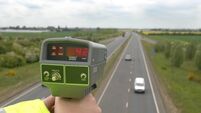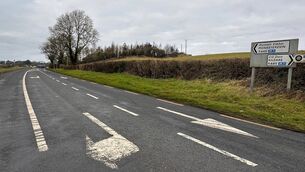Kildare talk on John Devoy illuminated life of exiled Fenian

Noel Cocoman and Sean Sourke
Although Kill native Noel Cocoman grew up in the same village as did Fenian John Devoy, he doesn't recall hearing much about the Irish republican while in school.
"We were aware of him, but history wasn't taught then in the same way that we hope it is now," he told those at a recent talk in Kilcullen which he gave about Devoy, who today is commemorated widely around Naas and Kill through statues and names of public spaces and buildings.
"We knew there was this hero, but nobody was telling us about him."
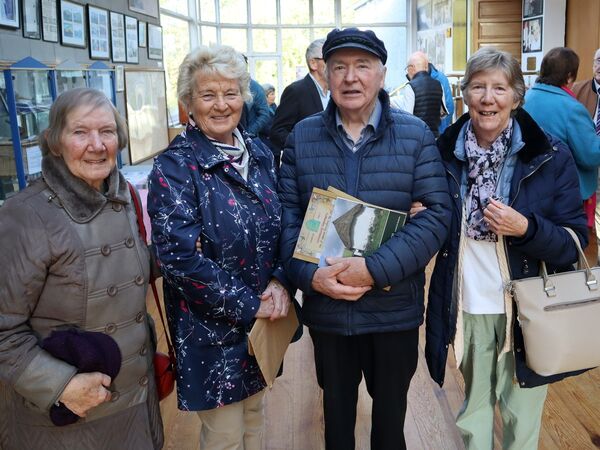
In the centenary of the year 1924 that John Devoy came back to Ireland after a lifetime in America, it seemed to Noel appropriate that he find out more.
The talk, hosted in Kilcullen's Town Hall by the County Kildare Federation of Local History Groups, was based on a secondhand collection of the republican's letters and papers which the speaker had come across for sale, published in the 1940s as Devoy's Post Bag.
"When they came up for auction, I jumped at the chance of learning more about him."
Born in 1842 into a large family where his parents and grandparents had been active in nationalist activities, it was probably inevitable that John Devoy would take a similar route, Noel Cocoman says.
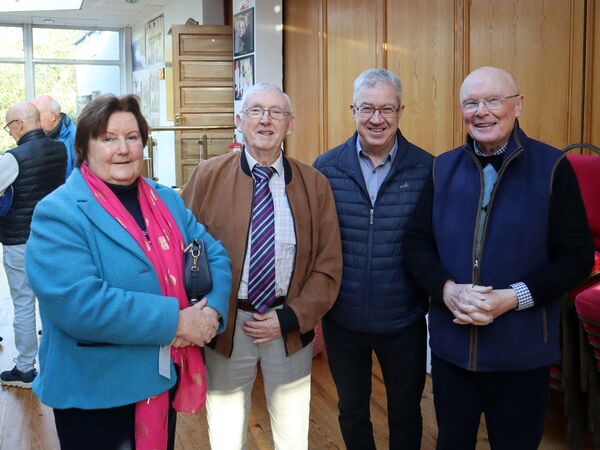
"Because of his parents' political activities, the family had to move to Dublin. At school in Marlborough Street, the young John was expelled because he refused to sing God Save the King, and it's amazing, given the quality of his later writings. that this was probably the extent of his formal education."
The young Devoy began recruiting within the British Army for the Fenian cause, and was eventually imprisoned for his activities with the Irish Republican Brotherhood. Later, under a release agreement with several fellow detainees, he was exiled to the United States.
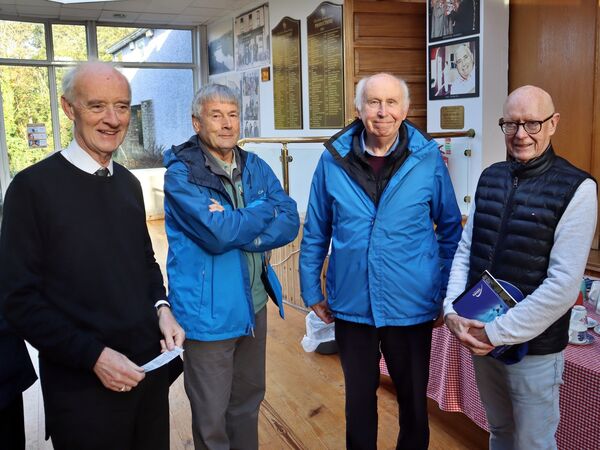
Noel Cocoman's illustrated account in Kilcullen provided intriguing glimpses into the Fenian's activities in the US towards the goal of a free Ireland. The 'Post Bag' papers, edited by William O'Brien and Desmond Ryan, offer a valuable insight into Devoy's interactions with key Irish republican leaders of his day, including Padraic Pearse, Eamonn de Valera, Tom Clarke and others. Noel Cocoman also gave an account of Devoy's organisation of a daring rescue of six Fenians from Fremantle Prison in Western Australia in 1875.
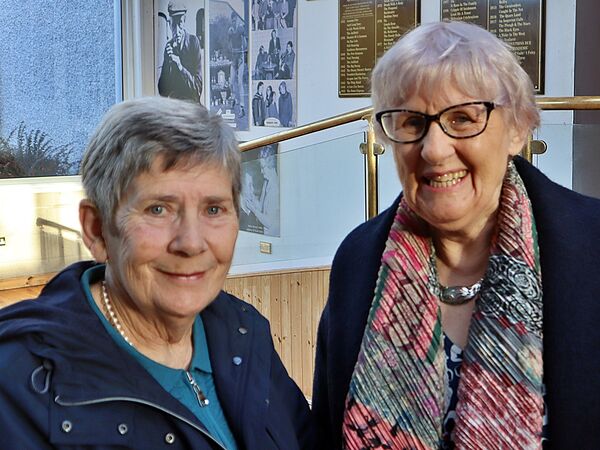
In addition to the Devoy talk at the Kilcullen event, Naas-based graphic designer Sean Sourke presented a selection of the digital 3D models he has created for a number of heritage monuments and buildings around Kildare.
His interest in digital photogrammetry has grown substantially since early work a decade ago with still photographs, and he has made around 40 3D digital models of architectural heritage and monuments across Kildare.
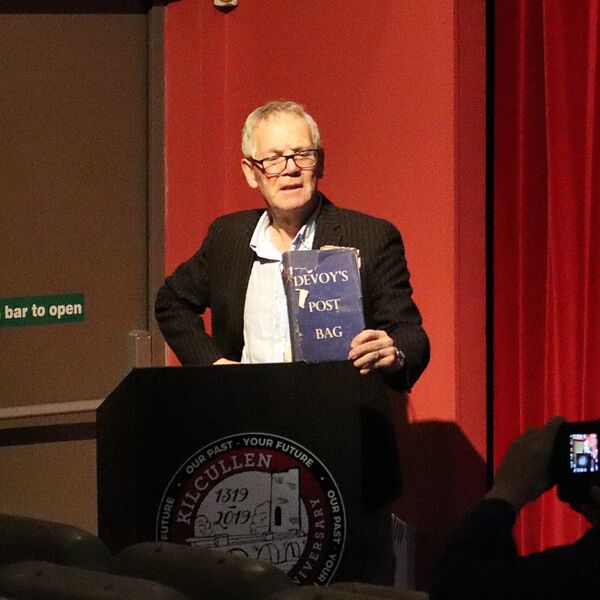
He says the technology has advanced very rapidly, and he's now collaborating with drone pilot Jan Nevrkla to scale and geolocate the digital models using GPS, adding further information to make the process a more comprehensive heritage interpretive tool.
Both presentations were very much appreciated by the audience in Kilcullen, which included representatives of local history groups from across the county. They were followed by the AGM of the federation.

